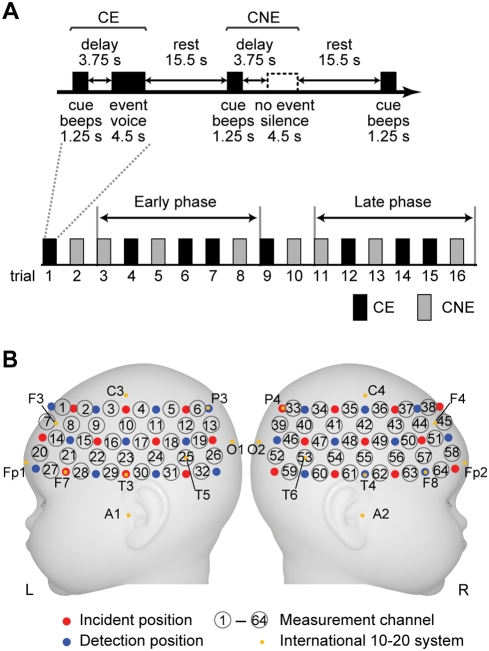Figure 1. The experimental set-up for measurement.
(A) An event-related paradigm used in the present study. The cues (beeps) were presented. One was followed by the auditory event (speech sounds) after a delay period (CE, Exp-CE and Cont-CE in the experimental and control groups, respectively), and the other was followed by no sounds (CNE, Exp-CNE and Cont-CNE in the experimental and control groups, respectively). The presentation order of the two conditions (CE and CNE) was fixed in one of two patterns in both groups. One is illustrated in the figure; the order of CE and CNE was reversed in the other pattern (counterbalanced across infants). The third to eighth trials (second to fourth trials of CE and CNE) were assigned to the early phase, and the eleventh to sixteenth trials (sixth to eighth trials of CE and CNE) were assigned to the late phase. (B) Arrangement of near-infrared spectroscopy (NIRS) probes. Measurement channels (circled numbers) were placed over bilateral frontal, temporal and temporoparietal regions of infants. Red-filled circles and blue-filled circles indicate incident positions and detection positions of NIRS, respectively. The distance between the closest incident and detection positions was approximately 2 cm. The yellow-filled circle indicates the positions of the international 10-20 system of electrode placement.

